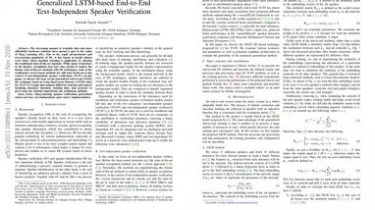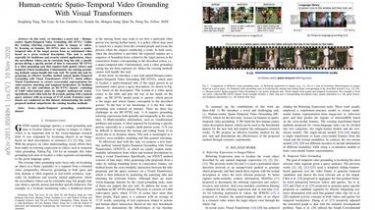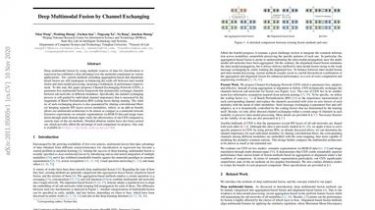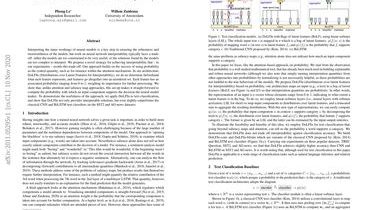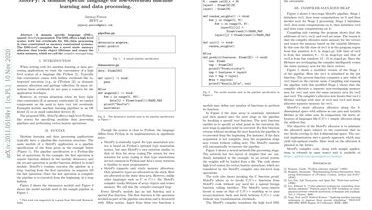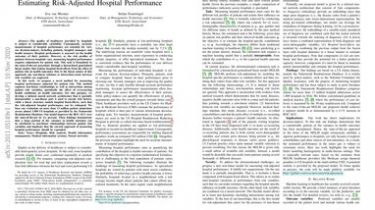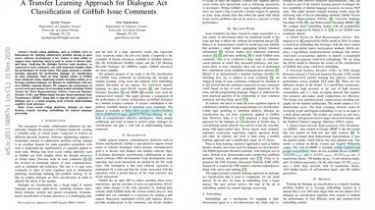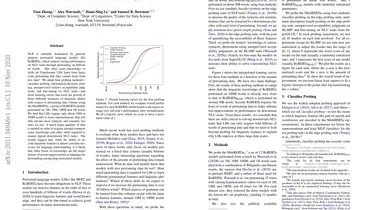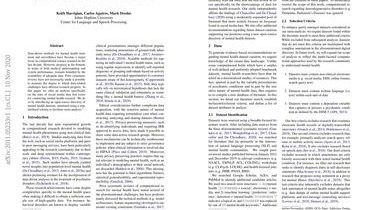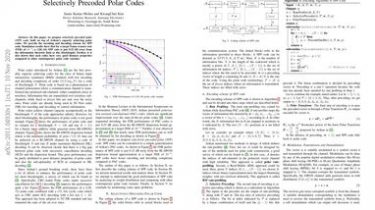Generalized LSTM-based End-to-End Text-Independent Speaker Verification
The increasing amount of available data and more affordable hardware solutions have opened a gate to the realm of Deep Learning (DL). Due to the rapid advancements and ever-growing popularity of DL, it has begun to invade almost every field, where machine learning is applicable, by altering the traditional state-of-the-art methods… While many researchers in the speaker recognition area have also started to replace the former state-of-the-art methods with DL techniques, some of the traditional i-vector-based methods are still state-of-the-art […]
Read more